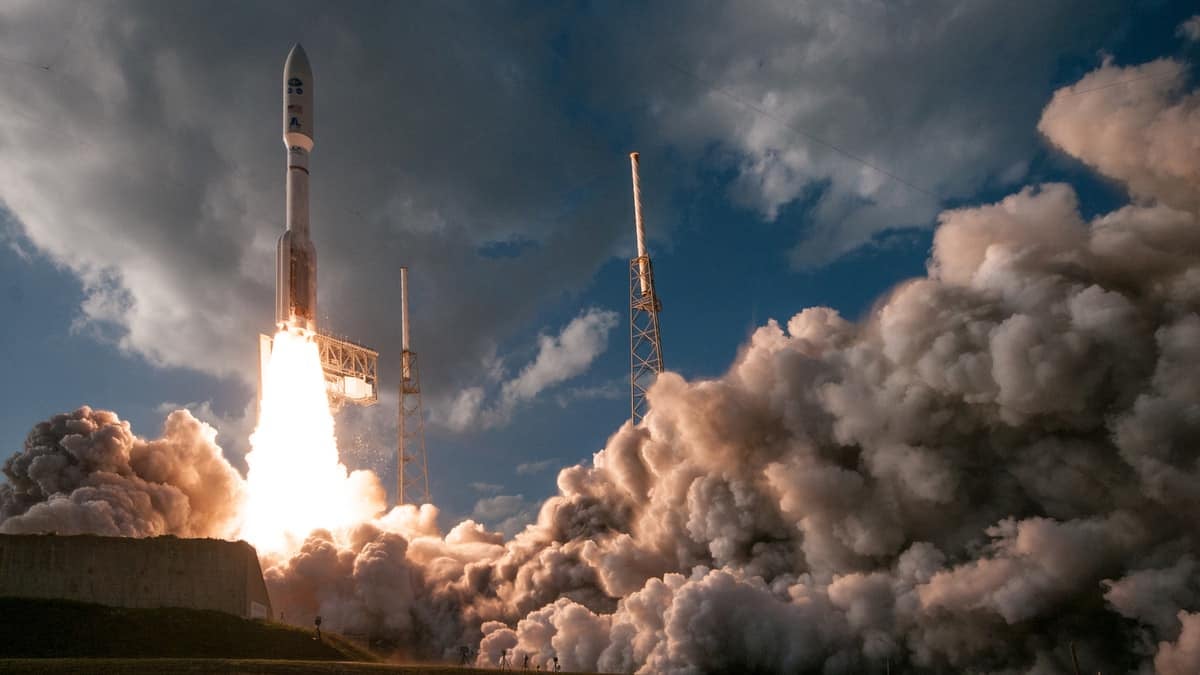Federal regulators have issued a final rule streamlining regulations for commercial operators in the growing market for space commerce.
The 785-page final rule, released Thursday by the Federal Aviation Administration (FAA), streamlines and consolidates multiple regulations to make it easier for commercial operators to comply with licensing and safety requirements to ensure that the United States “remains the flag of choice” for the commercial space sector, according to the FAA.
“This rule paves the way for an industry that is moving at lightning speed,” said FAA Administrator Steve Dickson. “We are simplifying the licensing process and enabling industry to move forward in a safe manner.”
The U.S. is estimating a potential increase of 100-500% in commercial launch activity by 2021, according to a document published earlier this year by the FAA’s Office of Commercial Space Transportation. Much of that activity is centered around launch and reentry services to deliver cargo to and from the International Space Station in support of the National Aeronautics and Space Administration.
But moving commercial cargo at high speeds around the world is also anticipated. Last week the U.S. Transportation Command announced a partnership with Elon Musk’s SpaceX and two Texas-based companies to develop the potential use of space rockets to rapidly deliver cargo.
The final rule updates commercial space launch and reentry licensing requirements with improved application processes that allow:
- A single operator’s license that can be used to support multiple launches or reentries from potentially multiple launch site locations.
- Early review when applicants submit portions of their license applications incrementally.
- Applicants to negotiate mutually agreeable reduced time frames for submittals and application review periods.
- Applicants to apply for a safety element approval with a license application, instead of needing to submit a separate application.
- Additional flexibility on how to demonstrate high-consequence event protection.
- Neighboring operations personnel to stay during launch or reentry in certain circumstances.
- Ground safety oversight to be scoped to better fit the safety risks and reduce duplicative requirements when operating at a federal site.
The FAA calculated that the largest quantifiable cost savings for the industry will result from eliminating or modifying requirements for flight safety systems on certain launches — roughly $52.6 million to $66.6 million over 10 years.
The rule becomes effective 90 days after publication in the Federal Register. The agency said it will also seek public comment, for a period of 30 days, on three related “advisory circulars”: High Consequence Protection, High Fidelity Flight Safety Analysis, and Computing Systems and Software.
Related articles:










